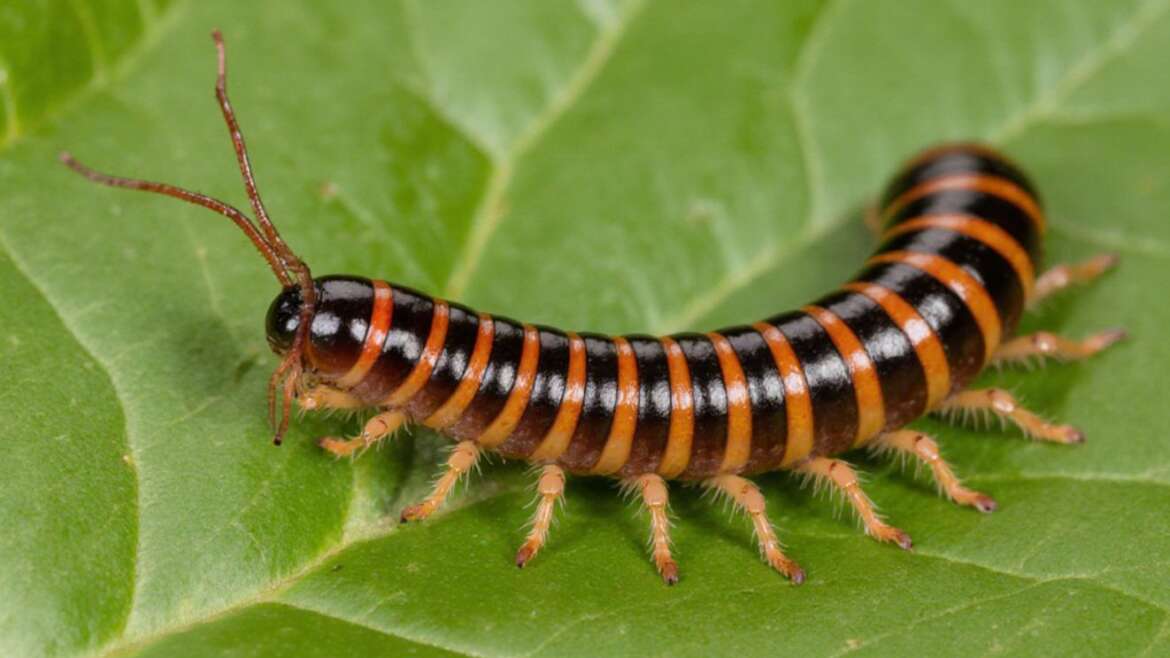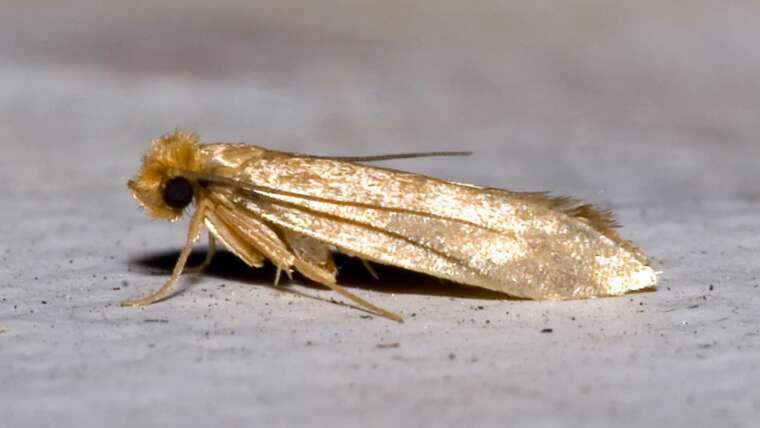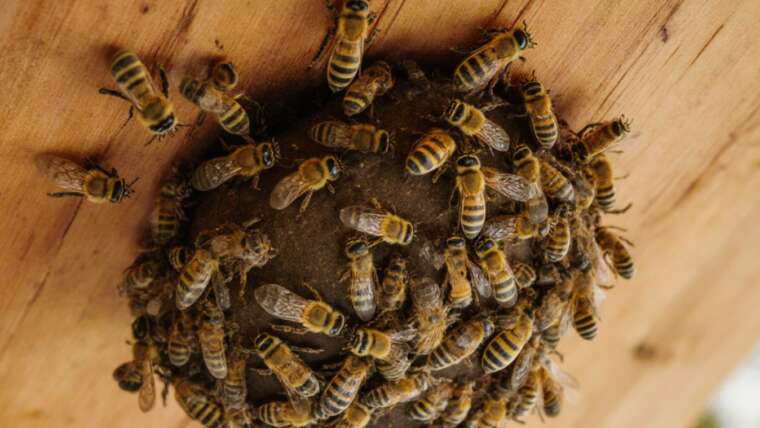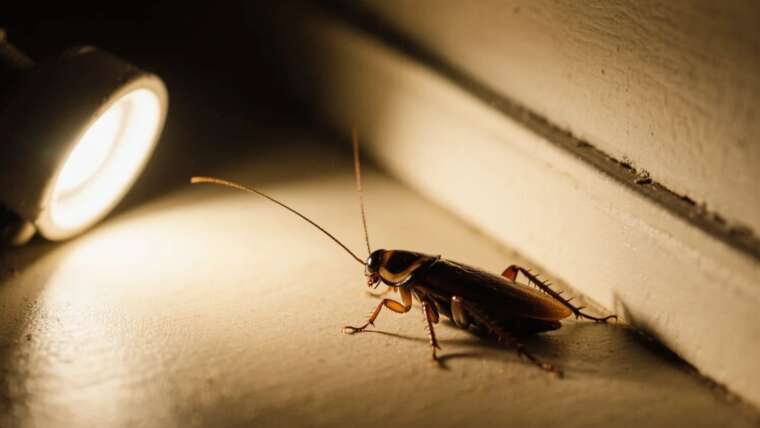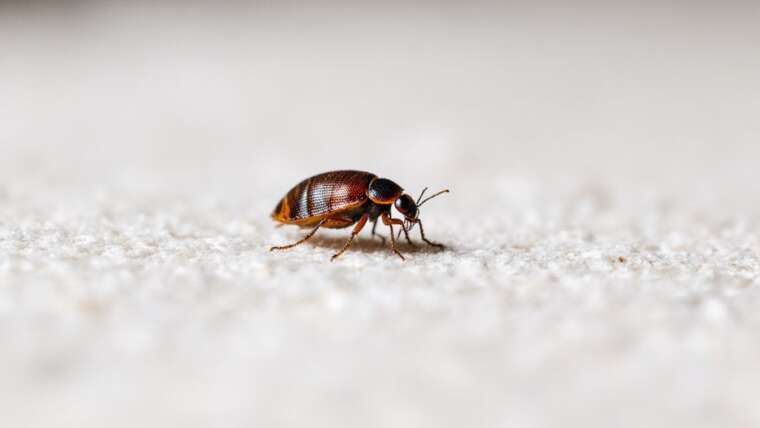Contrary to popular belief, centipedes are strict carnivores. These multi-legged creatures do not consume plant matter; instead, they thrive on a diet rich in insects. Most active during the night, centipedes are nocturnal hunters, adept at hiding during daylight hours. To subdue their prey, some species have evolved specialized front legs that can inject venom, rendering their catch defenseless.
Tip: Fascinatingly, the venom of some centipedes, like the Amazonian Giant Centipede, is potent enough to paralyze small vertebrates temporarily!
Common Prey of Centipedes
Several insects fall prey to these voracious hunters:
- Silverfish
- Cockroaches
- Spiders
- Firebrats
- Crickets
- Moths
Apart from their predatory nature, centipedes themselves are prey for various animals.
Predators of Centipedes
These creatures may fall victim to:
- Birds
- Spiders
- Snakes
- Lizards
- Toads
- Shrews
Tip: Birds are particularly beneficial in controlling centipede and other insect populations, with some species like the Black-capped Chickadee being known to consume centipedes as part of their diet.
Centipedes vs. Millipedes
Centipedes are often mistaken for millipedes, but there are several defining characteristics between the two:
- Legs: Centipedes typically possess one pair of legs per body segment, averaging around 30 legs total. Millipedes, in contrast, feature two pairs per segment and can exceed 100 legs, making them appear bulkier and slower.
- Body Shape: Centipedes have a flattened body that allows for agility, while millipedes have a more cylindrical and rigid body.
- Antennae: Centipedes boast long, sensitive antennae, whereas millipedes possess shorter, less noticeable ones.
Tip: When observing these creatures, remember that the term “centipede” literally means “hundred feet,” but not all species adhere to this number—most actually have significantly more or fewer legs.
Average sizes of centipedes range up to two inches. However, species residing in Texas or the Southwest can grow significantly larger, reaching lengths of over six inches. They are commonly found in dark, moist environments, often sheltering under rocks, mulch, or wood piles.
Do They Bite?
Though it’s a common misconception that centipedes bite, in reality, they pinch. This action serves primarily as a defense mechanism when provoked. Fortunately, they are not considered seriously harmful to humans, though they can elicit allergic reactions in some individuals. Signs of a centipede pinch can include:
- Pain
- Redness
- Swelling
- Rarely, lymph node swelling or numbness
Tip: If you’re concerned about reactions to centipede venom, try to document symptoms and seek medical advice. It’s essential to tell healthcare professionals about your exposure to centipedes for accurate treatments.
What Attracts Centipedes?
In domestic environments, centipedes are attracted to areas where their prey is prevalent. Moist places such as bathrooms, closets, and basements are prime spots for them. They may also lurk around baseboards, doorways, and windows.
The core attractants include food, moisture, and shelter. A home riddled with other insect pests presents an increased likelihood of centipede sightings. If you discover centipedes indoors, this may signal a more significant pest issue that requires immediate attention.
Tip: Regularly check for leaks or excessive moisture in your home. Decreasing humidity can drastically reduce the likelihood of insect infestations, including centipedes.
The House Centipede
While most species keep to the outdoors, the house centipede is the one most likely to invade your space. Although their appearance can be alarming, they are generally harmless.
House centipedes measure approximately 1½ inches long, exhibiting a grayish-brown color. They typically reside in damp areas such as basements, closets, crawl spaces, and bathrooms. Frequent sightings may indicate other underlying pest issues.
Tip: Implementing a dehumidifier in problem areas can create an environment that discourages both centipedes and their prey from taking up residence.
Tips for Prevention
To assist in keeping centipedes at bay, it is essential to seal any cracks or holes in your building’s exterior, thus preventing their entry. Alongside this, trimming back vegetation, including shrubs and ivy, can help reduce access and diminish the food supply available to centipedes.
Be vigilant about extra hiding spaces, including boards, cardboard, boxes, compost piles, and wood stacks—removing these can significantly curb centipede populations. Improving ventilation in basements or crawl spaces, particularly those with humidity issues, can have a significant impact.
If you encounter a problem with centipedes, consider reaching out to a pest control professional. Experts can assess issues in crawl spaces and basements and identify other pests that may inadvertently invite centipedes.
Tip: Regularly scheduling inspections with a pest control service can help you stay ahead of potential infestations before they escalate into more significant concerns. Consider implementing a pest control plan tailored to your unique needs for optimal results.

